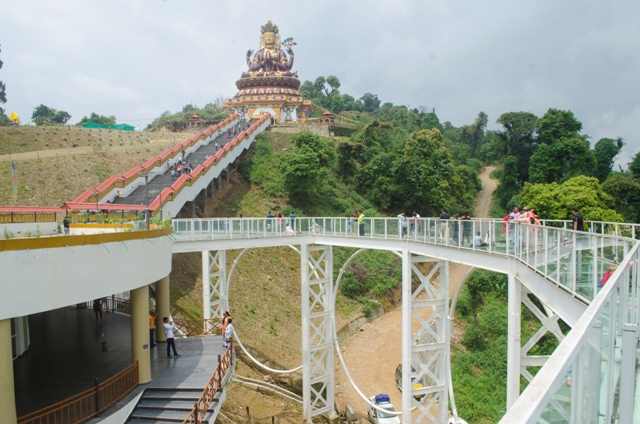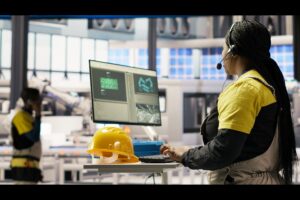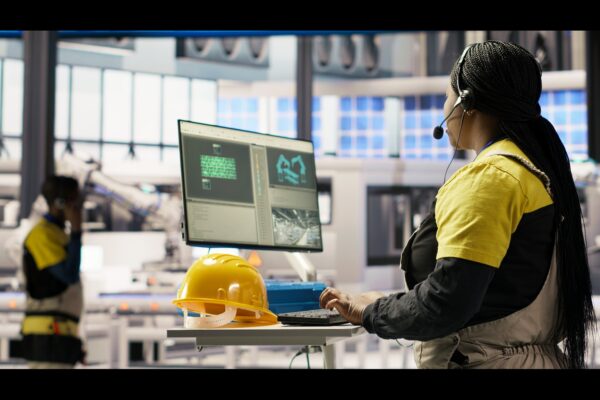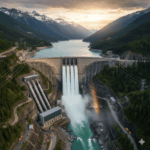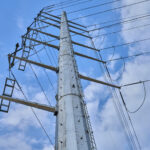Glass bridges: How to achieve aesthetics and safety
by Gopikrishnan TM, Director – Sales & Marketing (India, Middle East, Asia & Oceania), Vetrotech Saint-Gobain
Glass bridges have become a popular architectural structure for their beauty and the excitement of walking on clear surfaces. As they are often built high above the ground, these bridges offer breathtaking views and make people feel as though they are walking in the air. However, with this rise in popularity, especially among tourists, it is important to remember that safety must always come first. Both architects and engineersshould consider the safety of these bridges without compromising on its aesthetics.
There are several reasons for the increase in glass bridges as a tourist attraction. Firstly, they offer 360-degree views which are highly appreciated by tourists. Unlike traditional bridges, these views are transparent and breathtaking, making the experience even more fun for those who dare to walk across them. Secondly, with the increase in population in cities, glass bridges are innovative options to connect places while maintaining the beauty of the environment. Such structures can be designed in such a way that they either complement and blend into the surroundings or stand out as an architectural feature. They are not only beautiful and instagram-worthy, but they also create a sense of openness and lightness in crowded spaces.
However, with such structures, there is always a question regarding their safety and reliability. As there are various risks involved, engineers must follow the various safety standards regarding materials, load-bearing capacities, and overall structural integrity.
The type of glass used is of primary importance. Laminated glass should be considered due to the strength and durability. Laminated glass is made of several layers and is bonded with an interlayer that holds the position of the layers, thus improving safety. Engineers must also consider the ability of the glass bridge to support large numbers of pedestrians. Its load-bearing capacities must be calculated, considering not only the weight of people but also environmental situations such as piling of snow, rain or strong winds. Companies like Vetrotech Saint Gobain have innovative products such as Litefloors that offer the highest level of engineering and a superior degree of technicality that is required for such an application.
Apart from these design aspects, glass bridges must meet other complex regulations and guidelines specific to the country. The Revised National Building Code of India (NBC) 2016 is a crucial document which guides the design and construction of buildings across the country. It has a dedicated section on glass and glazing that provides detailed guidelines on the safe use of these materials in buildings. It is important to follow these guidelines to obtain permits and ensure public safety.
In addition to the NBC, Indian Standards (BIS) have also been established to ensure the quality, safety, and reliability of products and services across various industrieslike chemicals, food, construction, electronics, textiles, and healthcare, as well as service sectors and consumer goods. The IS 16231 series of standards specifically focuses on the safe use of glass and includes guidelines on human safety, impact resistance, and thermal performance. Also, thorough testing must be conducted to verify that the materials used in the glass bridge meets the required standards. For instance, an impact test can be held.In impact testing,aheavy object is dropped onto the glass from a height to testhow much force the glass can withstand before breaking. This kind of testing ensure safety and durability and should be conducted especially for applications where glass is likely to face severe conditions or stress.
An example of innovative glass bridge design is the Pelling Skywalk, India's first glass skywalk. The Buddhist pilgrimage site at Pelling in West Sikkim plays host to the 137-feet Chenrezig statue. Made with glass from Vetrotech, this structure showcases how glazing solutions can enhance both beauty and safety in architectural projects. Located at the height of 7,200 feet above sea levels, the Pelling Skywalk offers a stunning panoramic view of the surrounding mountains while the advanced glazing technologies used ensure structural integrity and safety. Another example is Uttar Pradesh’s first ever glass skywalk, at Tulsi Waterfalls in the Chitrakoot forest division. Built in the shape of bow and arrow, this is seen as an opportunity to boost ecotourism in the area. Such projects not only display Vetrotech's expertise in creating customized solutions, but also highlights how glass bridges can be greatsecured tourist attractions.
Glass bridges are the perfect example of the remarkable intersection between aesthetics and engineering skill. As these structures continue to gain popularity worldwide, architects and engineers must adhere to the safety standards and include advanced glazing technologies like fire-rated and high-security solutions where requiredto create safe environments for those visiting these architectural wonders. As we look ahead to the future of architecture, one question remains: how can we blend beauty with practicality in a way that truly resonates? Can the buildings and bridges of tomorrow be both breathtaking and safe, inviting visitors in, while keeping them secure? This is an exciting challenge with the possibilities being endless, and the journey is just beginning.

